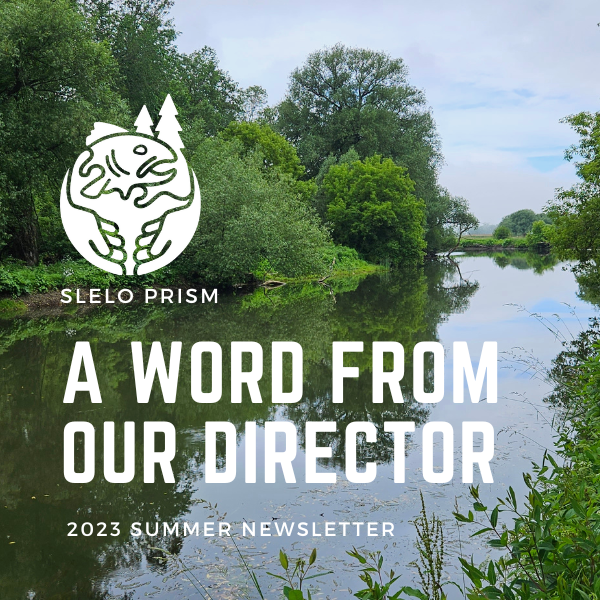This article was featured in the 2023 Summer Newsletter by Rob Willaims-SLELO PRISM.
Our work is more than restoration – it’s about sustaining biodiversity, improving carbon sequestration and wildlife habitat by reducing invasive plant monocultures and increasing native plant establishment. Often, invasive plants create monocultures on the landscape thereby reducing native plant diversity. These same ‘disturbed’ areas can often reduce the healthy sequestration of carbon – as is the case with forest pests. By suppressing invasive plants and promoting native plant recovery, either through natural succession or through intentional ecological restoration, we can increase biodiversity on these sites. As a result, we can improve carbon uptakes and wildlife habitat making these biologically diverse areas more resilient to external stressors such as a changing climate.
In the Eastern Lake Ontario region, we have Priority Conservation Areas (PCAs) consisting of both terrestrial and riparian systems. Areas surrounding these land/water interfaces have conservation value worthy of our focus. Our team has established an approach towards protecting and improving these PCAs which begins with native and invasive plant assessments, invasive plant suppression and finally native plant augmentation. Projects along the Salmon River, the Eastern Lake Ontario Dunes, South Sandy Creek Lakeveiw WMA, combined with eight terrestrial Priority Conservation Areas, have demonstrated the opportunity to restore and rehabilitate these systems to make them healthier and more resilient to stressors. Our team continues to develop and practice this model approach towards sustaining biodiversity, and improving carbon sequestration, and wildlife habitat.
~Rob Williams
Please fill out the form below to be added to our listserv and receive our seasonal newsletter, event invitations and other announcements.


